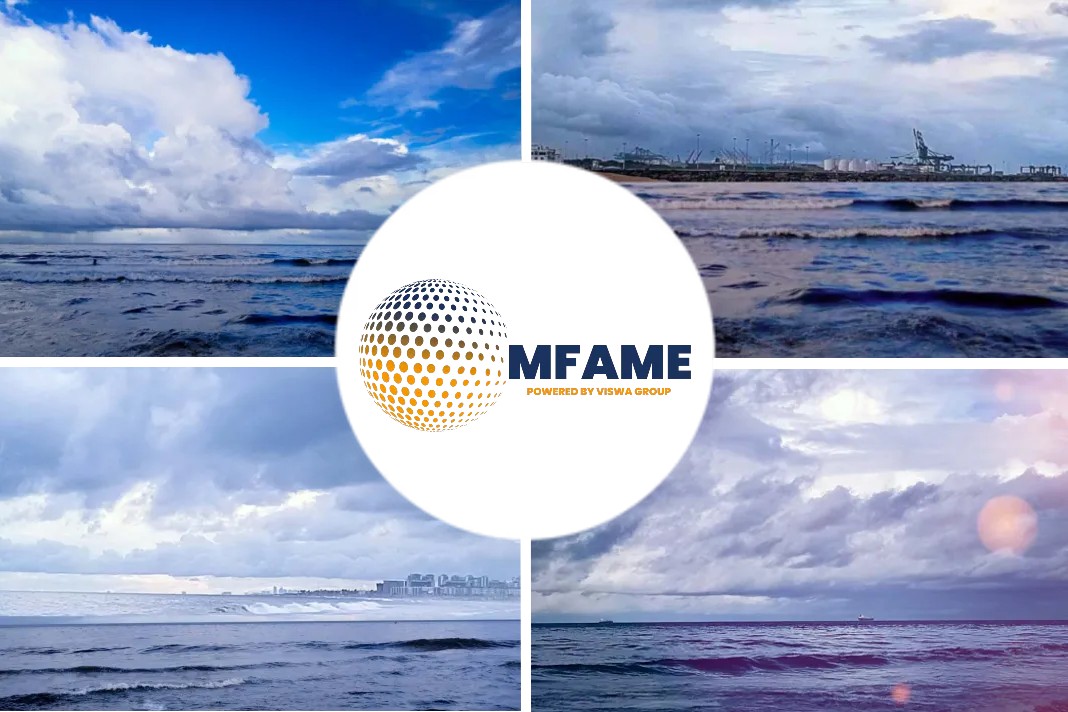- Carbon capture and storage technology on board an LNG carrier has been developed.
- South Korean shipbuilder Daewoo Shipbuilding & Marine Engineering (DSME) was involved in its completion.
- It will have a plethora of advantages.
The onboard carbon capture and storage (OCCS) has been jointly developed with Hi Air Korea, a producer of equipment for heating, ventilation, and air conditioning. The duo has been working on the technology since 2020.
Technical Knowhow
The technology uses ammonia water absorbent and dissolves carbon dioxide emitted by the ship’s engines into an aqueous sodium hydroxide solution and converts it into a mineral form. The absorbent is regenerated and reused during the process.
The system enables the CO2 to be captured and stored onboard in the form of a byproduct before being transported to shoreside facilities at a designated port for unloading.
As explained, the technology consumes considerably less energy when compared to other onboard carbon capture solutions on the market, and the amount of additional CO2 generated by the equipment operation is relatively small.
Towards Eco-Friendly Shipbuilding
DSME said that the successful trial of the OCCS on an actual ship positions the company as a “leader of eco-friendly shipbuilding technology.” The test has been carried out in cooperation with Greek LNG carrier owner and operator GasLog and the American Bureau of Shipping (ABS). The three companies signed a joint development project (JDP) focused on developing an onboard carbon capture and storage system in June this year.
Under the JDP, the parties will collaborate on the design of an optimal OCCS for an LNG carrier to be built by DSME. The installation of the system is targeted to coincide with the construction of four LNG carriers ordered by GasLog from DSME last year. Given the growing interest in carbon capture technology and the importance of the development of a sustainable CO2 value chain, DSME has been working on the various aspects of the CCS including the transportation link.
The shipyard has teamed up with the Korean Register on the development of a 40,000 cbm liquefied carbon dioxide carrier (LCO2) featuring a next-generation cargo handling system. The demand for vessels capable of transporting carbon dioxide at scale from emissions sources to storage sites is expected to surge as carbon capture’s role in decarbonizing global industries gains on importance.
Did you subscribe to our daily Newsletter?
It’s Free! Click here to Subscribe
Source: OffshoreEnergy

















